Mount Beerwah, the tallest of Queensland’s Glass House Mountains, recently found itself at the centre of a heated debate. Government documents revealed internal discussions about potentially closing public access to the summit and surrounding peaks, sparking concern among bushwalkers, climbers, and outdoor advocates. While politicians have since stepped in to reassure the public that permanent closures are off the table, the situation has brought up a bigger issue, one that 4X4ers should be watching closely.
Because when it comes to access, what affects hikers today often hits 4X4ers tomorrow.
A Familiar Pattern of Quiet Closure
The drama kicked off when a climbing group uncovered internal department emails hinting at long-term plans to restrict access to Mount Beerwah, and possibly nearby peaks like Mount Coochin. Though Environment Minister Andrew Powell publicly denied any such plans, saying the only closures would be temporary for safety or maintenance, the fact that it was even floated behind closed doors has left a bad taste in the mouth of many outdoor users.
This isn’t a new story. We’ve seen it before at Mount Warning, at Uluru, and at countless fire trails and remote tracks that slowly disappear from maps without fanfare. There’s a familiar formula: concerns over cultural significance, environmental impact, or safety are raised. Management plans are quietly updated. And access for everyday Australians is gradually wound back.
For the 4X4 community, this isn’t just a hikers’ issue. It’s part of a much bigger shift in how public land is being managed, and who gets to use it.
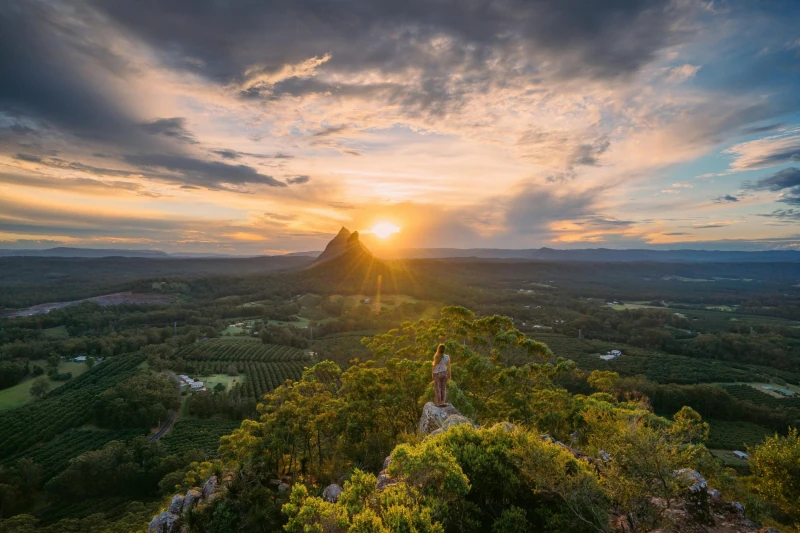
When Public Access Becomes a Negotiation
Many of us plan trips around these kinds of iconic landmarks. Whether it’s a quick walk to stretch the legs on a touring loop or a photo op with the family, having access to peaks like Beerwah adds cultural and visual value to any trip up the Sunshine Coast or through the hinterland. But more importantly, it’s about what that access represents.
The Glass House Mountains management plan, quietly updated in 2024, still includes wording that casts a shadow over future use. It states that “Aboriginal culture has protocols for who may access the peaks” and “it is not appropriate for the general public to have access.” There aren’t too many ways to read that.
And while we’re all for cultural respect and working with Traditional Owners, the bigger concern is transparency. Because let’s be honest, these changes rarely feel like a conversation. They’re decisions made behind desks in offices far from the people actually using the parks, driving the tracks, and spending money in the towns nearby.
Why This Matters for the 4X4 Community
So what does a rocky hiking track up a Sunshine Coast mountain have to do with a bloke towing a camper down the Birdsville Track?
Everything.
Because when access starts to slip in the hiking world, it often paves the way for similar restrictions on vehicle access, camping spots, and fire trails. We’ve already seen pushback on beach driving, seasonal park closures, and fire management roads being quietly decommissioned. The more this becomes normalised, the harder it is to fight when it reaches the 4X4 world.
This isn’t about charging through sacred spaces or ignoring cultural values. It’s about striking a balance. One that allows Australians to access their own backyard while acknowledging and respecting the heritage of the land.
What the Beerwah situation shows us, loud and clear, is that unless access is guaranteed in writing, it’s never truly guaranteed at all.
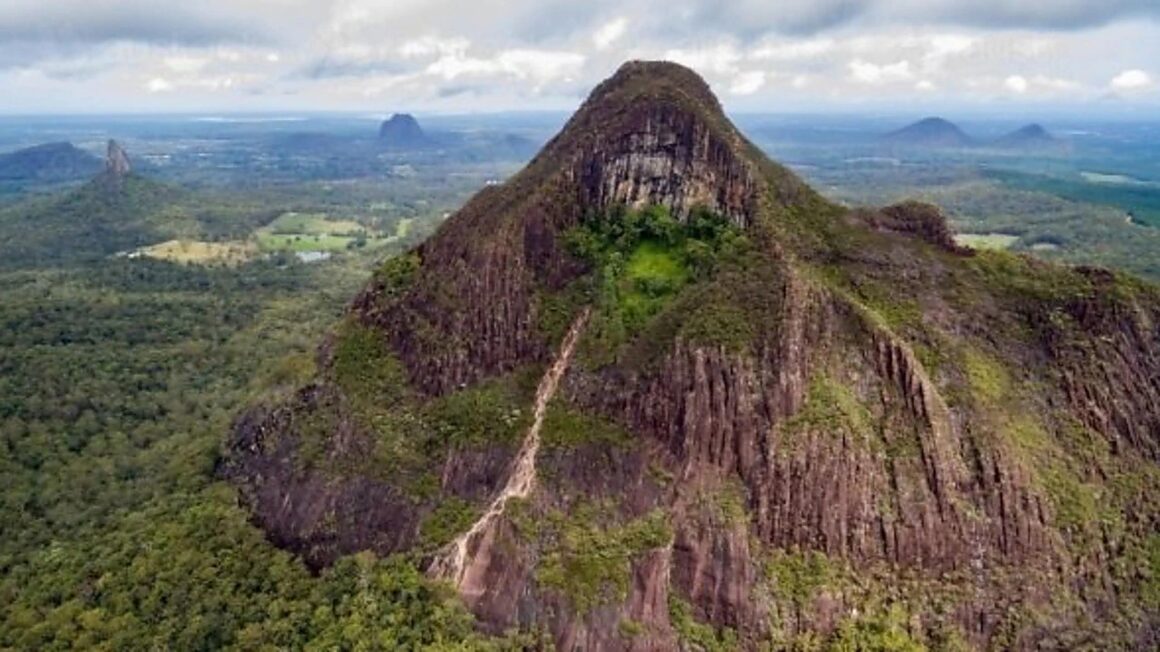
What Happens Now?
There’s a push for access rights to be written directly into park management plans, not just promised in press conferences. That’s something we should all support. Words fade fast in politics but documents last a lot longer.
As a community, 4X4ers need to keep a close eye on park plans, proposed closures, and policy updates. Not just the ones that affect vehicles, but the ones that reflect a broader shift in how national parks are being governed. Us 4X4ers have a lot more in common with the granola bar crowd hiking and rock climbing in the mountains than we do with the politicians from either major party.
If we want to keep exploring the wild corners of this country, we’ve got to stay engaged. Because once a gate gets locked or a summit gets fenced off it never opens again.



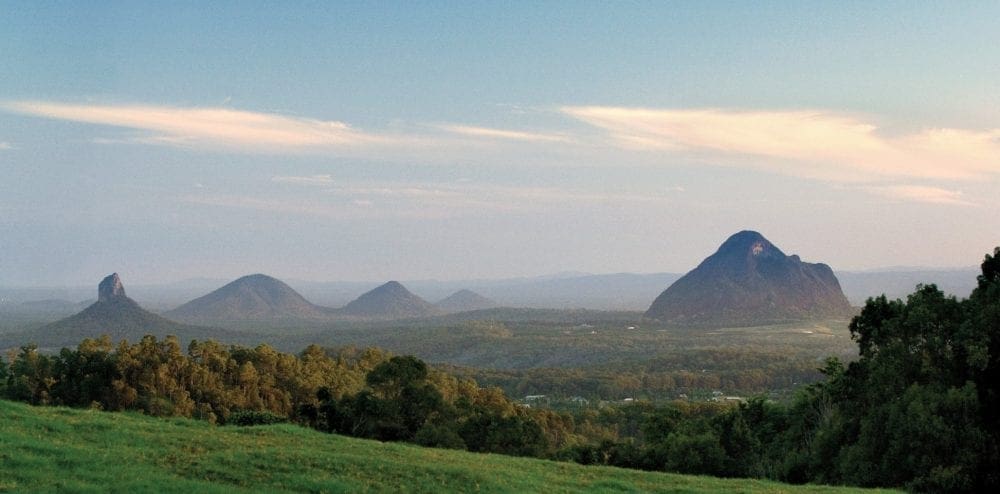

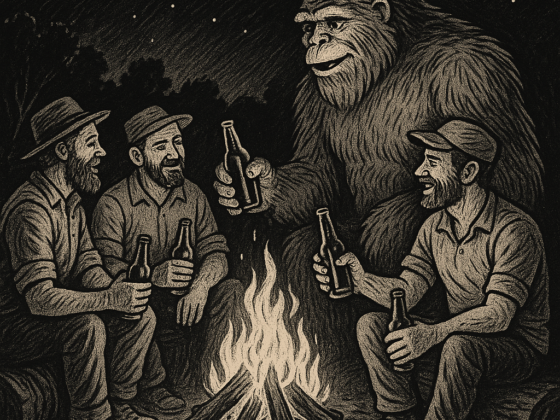





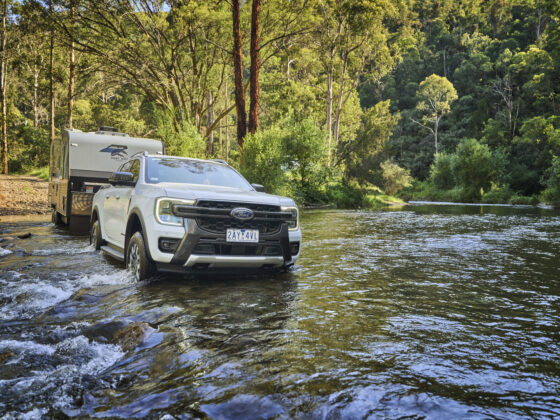


4 comments
This is just the beginning. Pandora’s box has been opened once they start giving this land back to so called “traditional owners” cause they’ll just close it off in the name of cultural heritage so no one can access it. And the politicians are too scared to say anything in fear of being called racist and losing votes!!
I believe that the National Parks are exactly that: Parks for the Nation and these must be kept for the Nation.
If it’s Public land, but you are denied access, then it’s not Public land. Simple.
Well said!
Have just visited Uluru and Kata Kjuta. I have come away very disheartened. So many signs restricting access and the taking of photographs. These national NATURAL icons of Australia are being withdrawn from travellers. I understand that some areas may not be photographed but every walk and parking area were signposted restricting the taking of photographs. All signposting in these visitor areas were negative “Don’t” Don’t and Don’t!
I’m glad I’ve finally made the visit but doubt I’d ever return.
Please allow Australia to continue to be free for everyone to enjoy!
I love the outback and the natural beauty. We should all have the right to love all of this country!